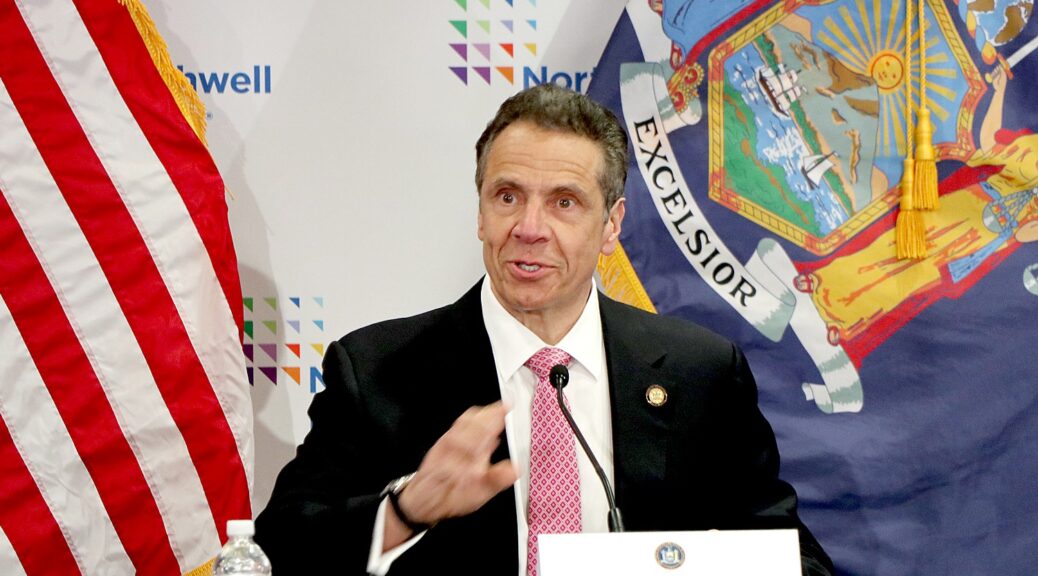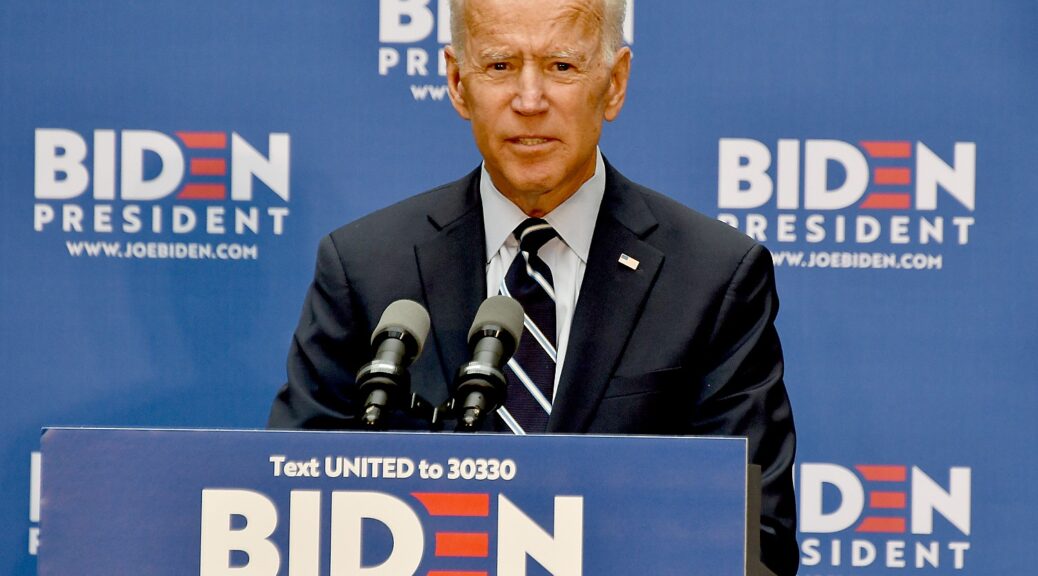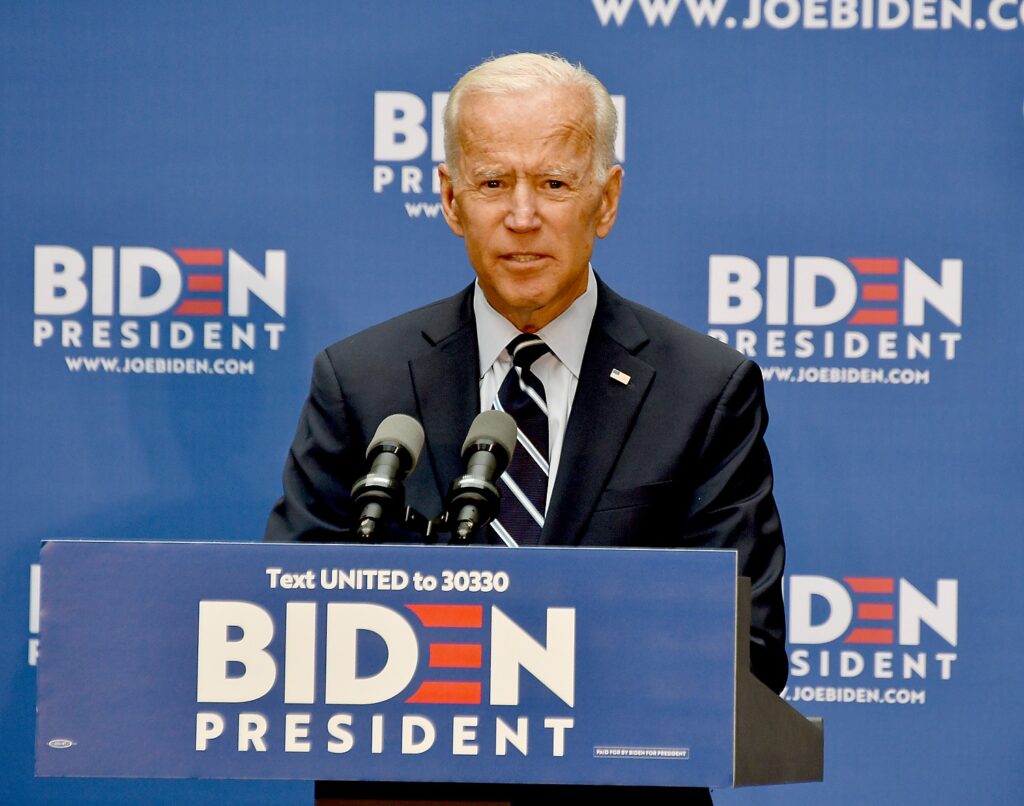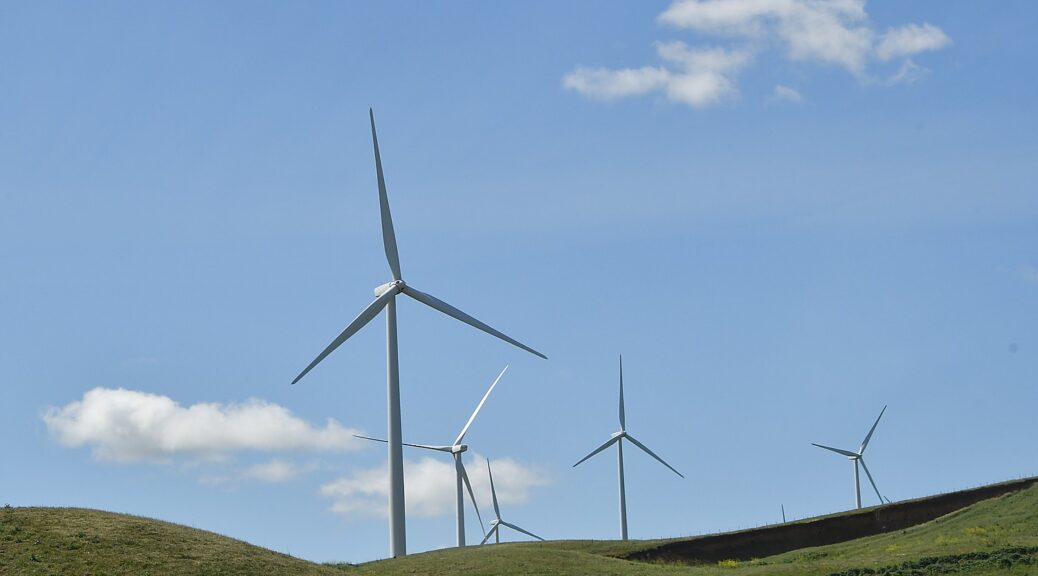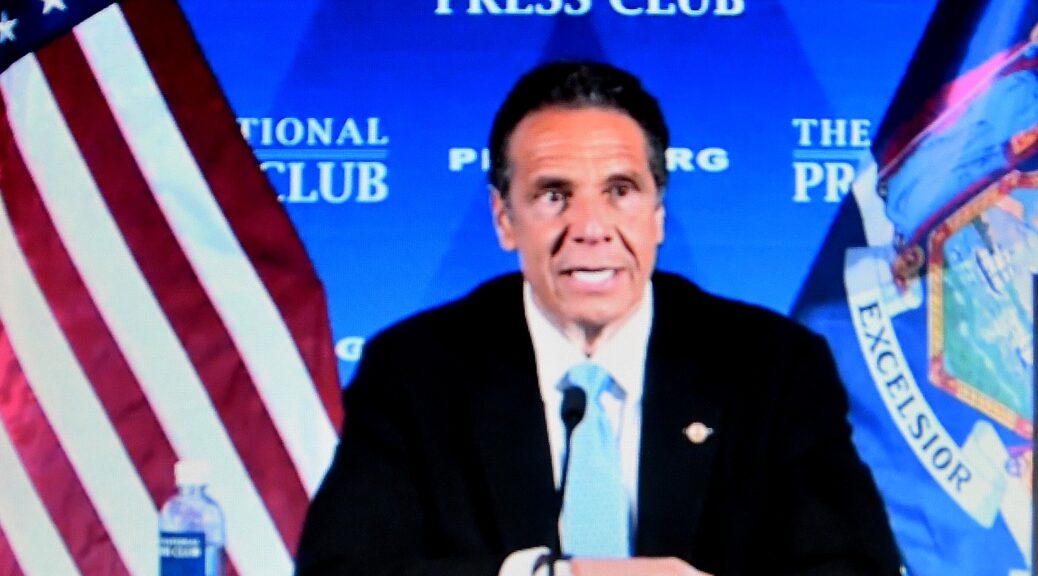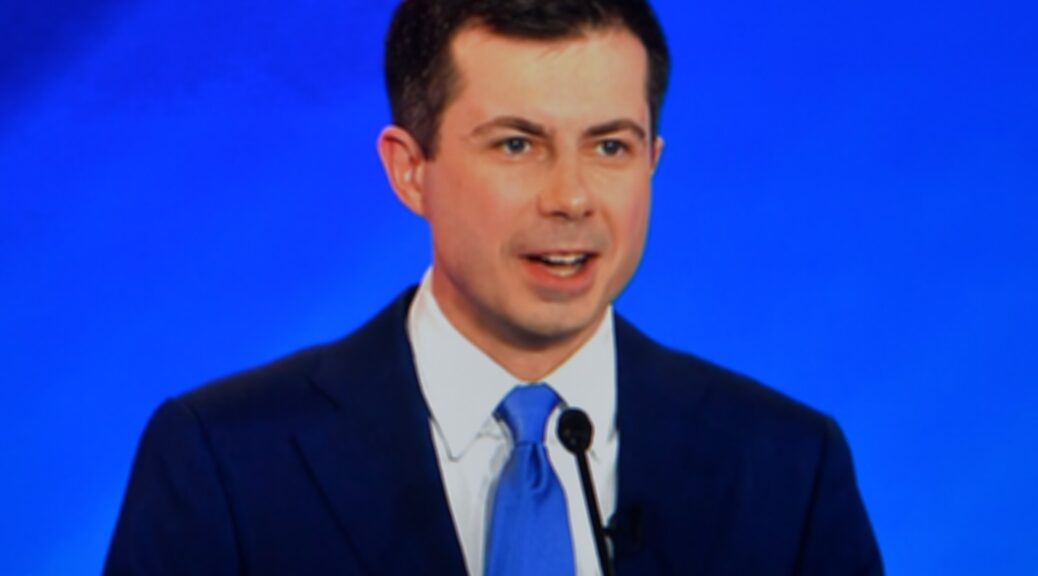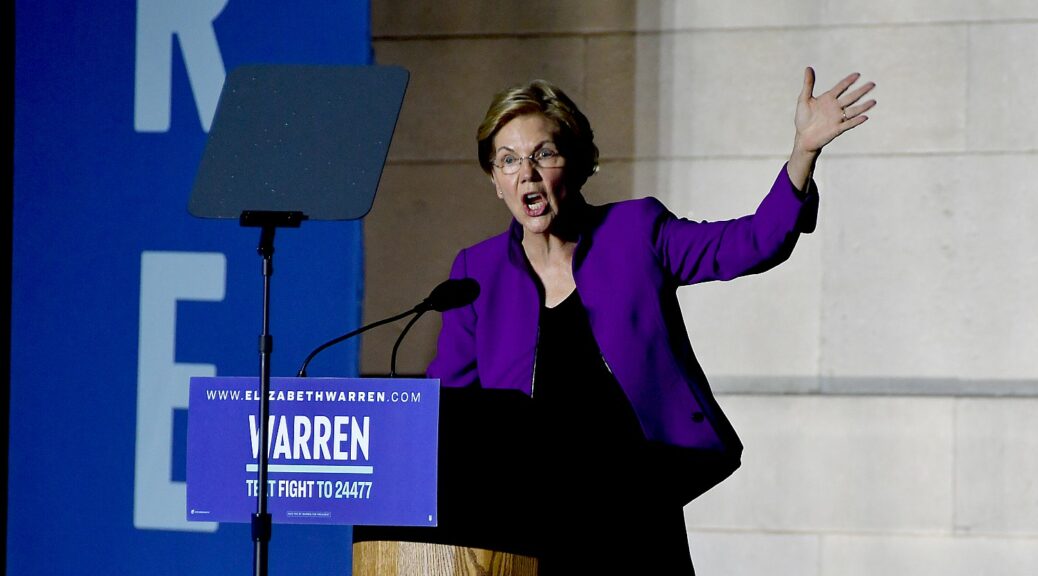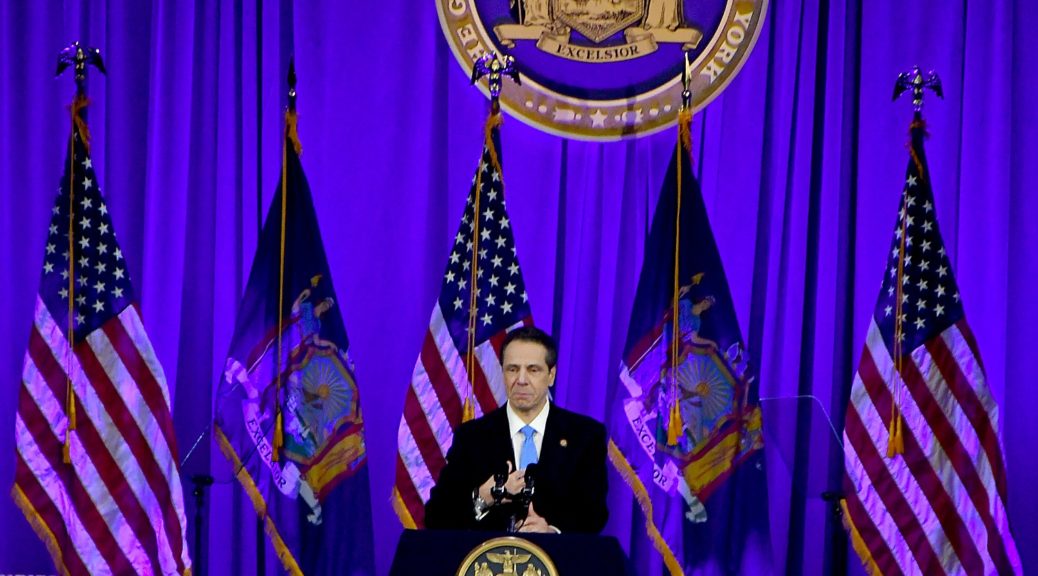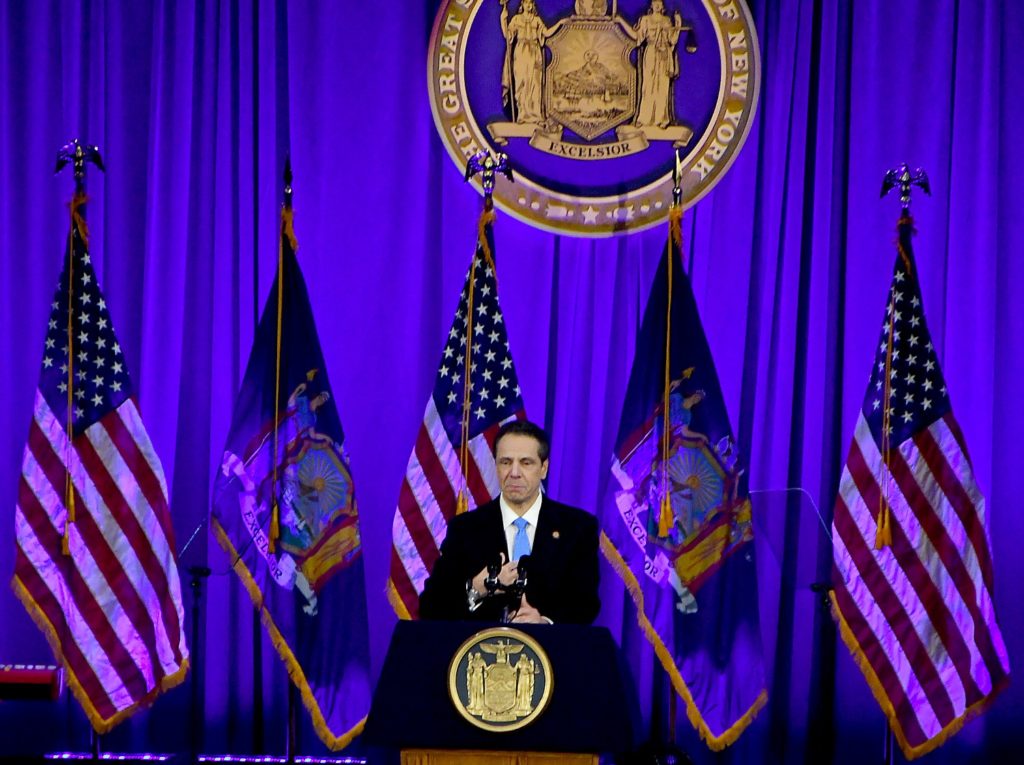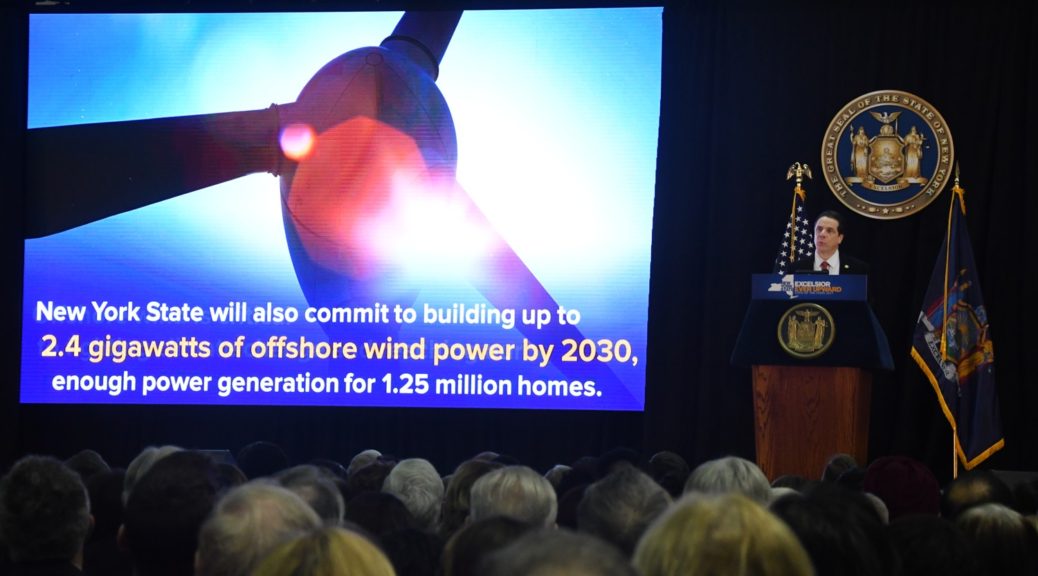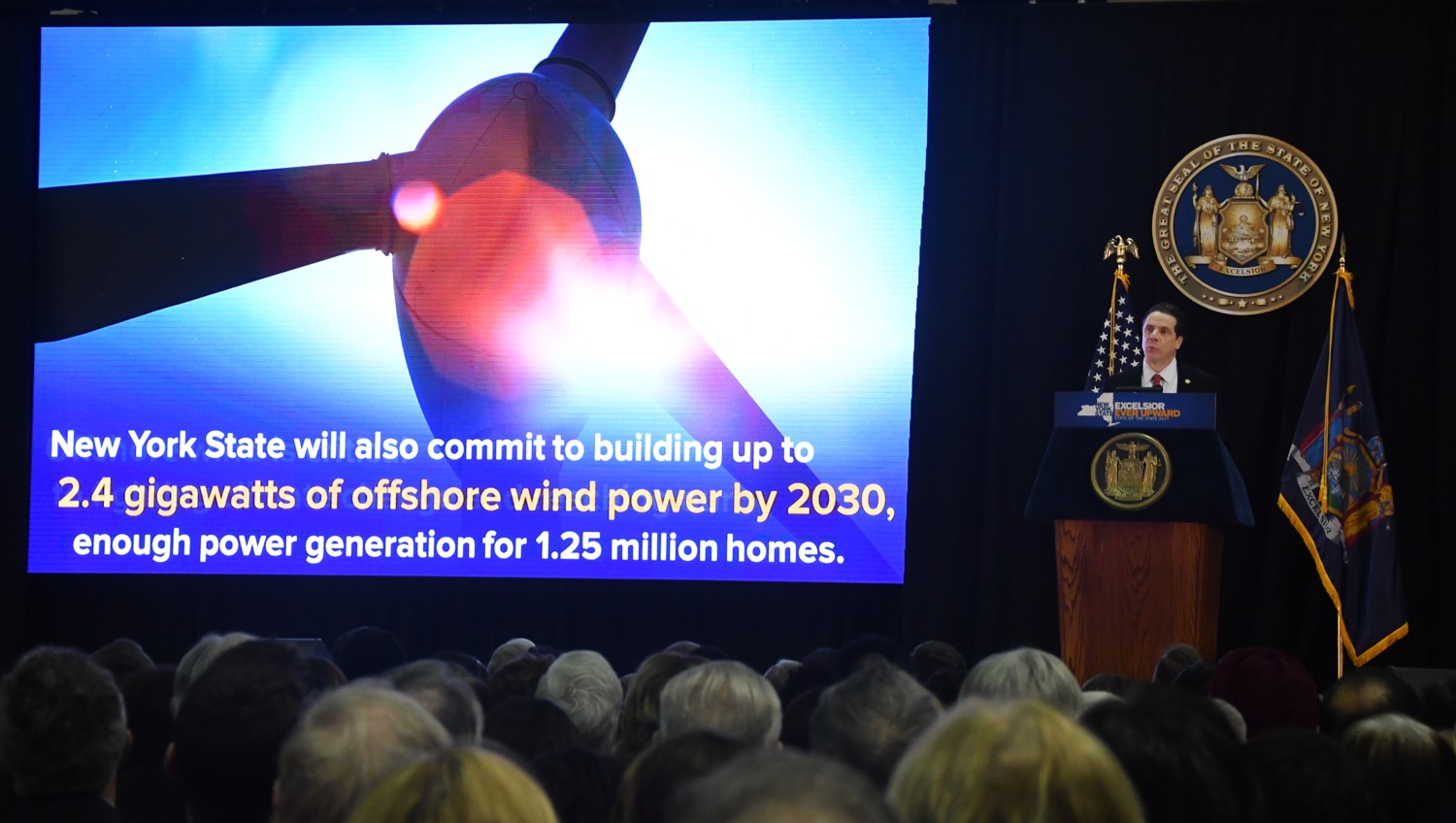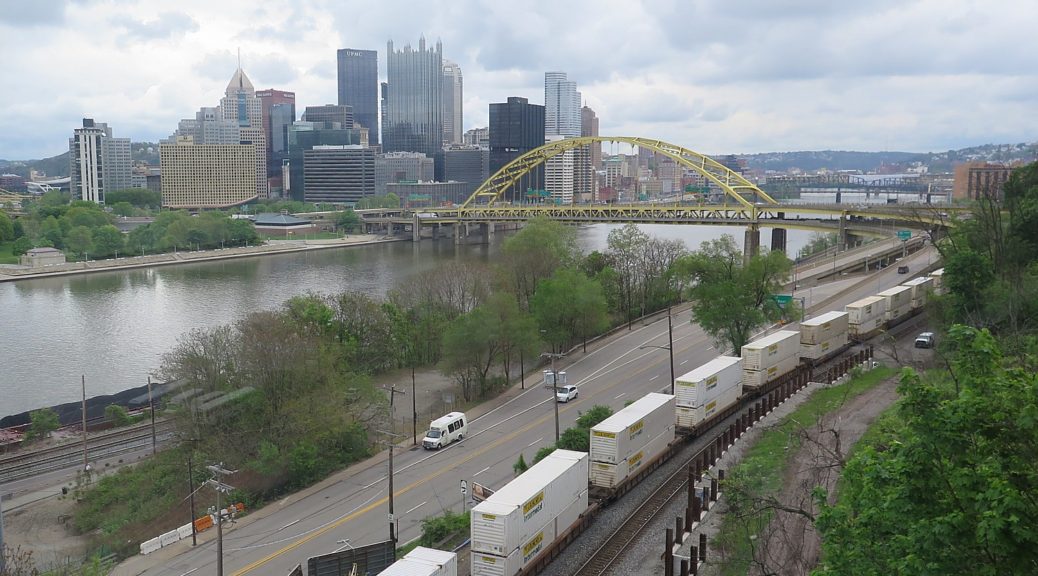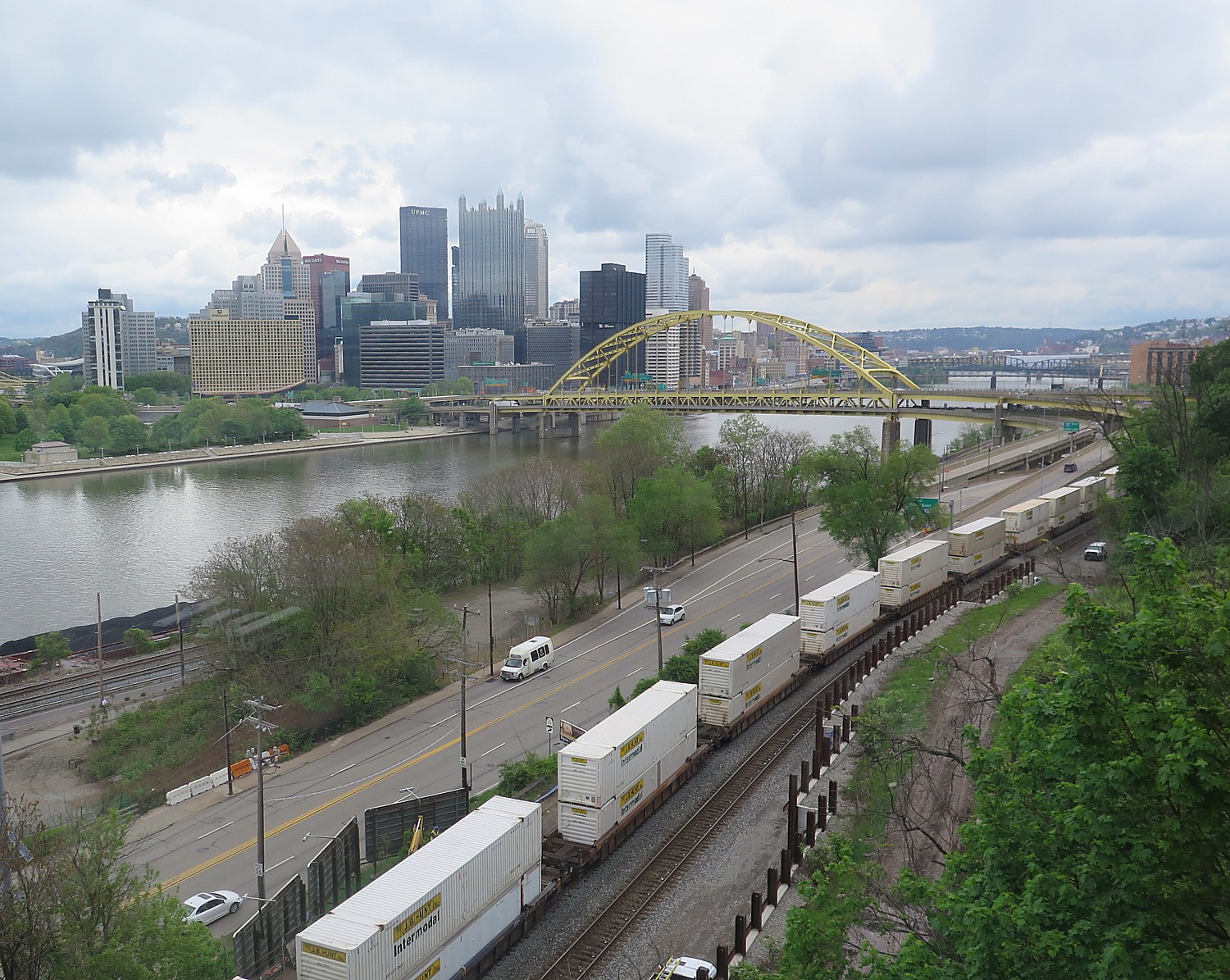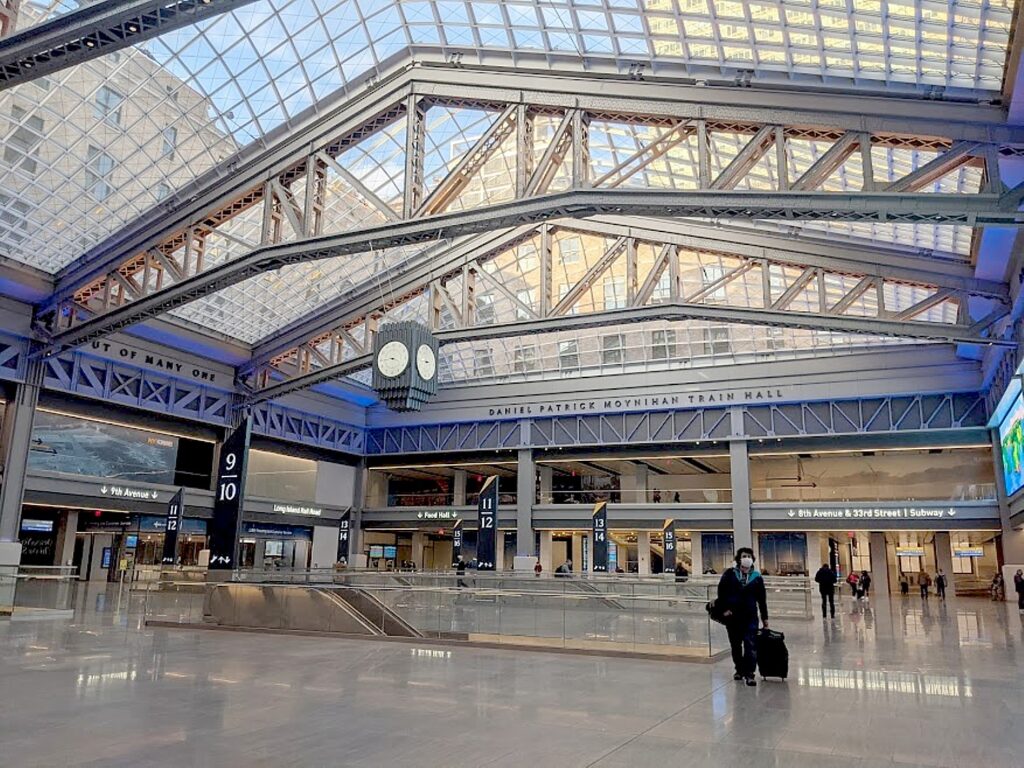
Cuomo’s Agenda is Focused on Defeating COVID-19 and Reopening the State Safely; Jumpstarting the Economy; Creating a Fairer, More Just State; Leading the Development of the Green Energy Economy; and Building and Strengthening the State’s Infrastructure
Proposals Include the Largest Off-Shore Wind Program in the Nation; Five Dedicated Port Facilities to make New York a Global Wind Energy Manufacturing Powerhouse; Building a Green Energy Transmission Superhighway; Creating a new 1,000 person Public Health Corps; Safely Reopening Businesses and Bringing Back the Arts; Legalizing Adult-Use Cannabis and Online Sports Betting; First-in-the-Nation Affordable Internet for All; Expanding Early Voting; and $306 Billion Infrastructure Plan – Largest in the Nation – to Update Airports and Transportation Infrastructure and Redevelop Manhattan’s Midtown West Neighborhood
2021 State of the State Book Available Here
Governor Andrew M. Cuomo’s 2021 agenda – Reimagine | Rebuild | Renew – features nation-leading proposals to not only defeat COVID-19, but also tackle critical issues facing New York and the country, including jumpstarting New York’s economic recovery; creating a fairer, more just state; reopening the state; becoming a leader in the growing green energy economy; and rebuilding and strengthening New York’s infrastructure. Proposals include legalizing adult-use cannabis and online sports betting; first-in-the-nation affordable internet for all; safely bringing back the arts with pop-up performances and events; the largest off-shore wind program in the nation; five dedicated port facilities to make New York a global wind energy manufacturing powerhouse; building a green energy transmission superhighway and; The largest infrastructure plan in the nation to update the state’s airports and transportation infrastructure, including a new Port Authority bus terminal, and redevelop Manhattan’s Midtown West neighborhood.
“There are moments in life that can change a person fundamentally – sometimes for the better, sometimes for the worse. Likewise, there are episodes in history that transform society and COVID is one of those moments. We see the risk and peril, but we also see the promise and potential of this moment.” Governor Cuomo said. “This next year we will see economies realign and reset around the world and New York will lead the way. In a moment when nagging insecurity can either limit your potential or give way to the energy of urgency, necessity, and innovation. We know the direction we are headed – it is our state motto, Excelsior- ever upwards.”
Governor Cuomo continued, “New York is different – our DNA is different, our character is different. What COVID did to us is different and how we responded to COVID is different. We have a confidence born from accomplishment. We know what we must do and we will do it. We will win the COVID war and we will learn and grow from the experience.After the war, reconstruction begins. That is when progress is made. We must start our post COVID war reconstruction now. We can and we will build back a better and stronger New York. We have done it throughout history, we did it last year, and we will do it again. It is our legacy.”
2021 REIMAGINE | REBUILD | RENEW HIGHLIGHTS
DEFEATING COVID-19, JUMPSTARTING THE ECONOMY, AND CREATING A FAIRER, MORE JUST STATE
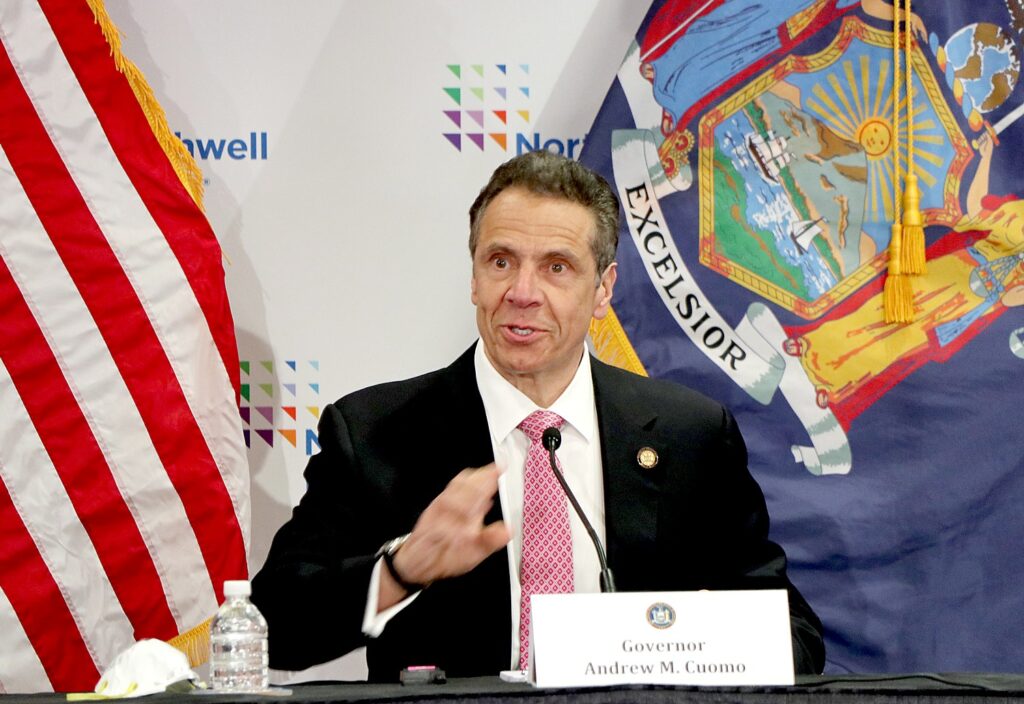
Passing the Medical Supplies Act: The United States was ill-prepared for a global pandemic when it came to our shores in 2020. At the outset of the COVID-19 crisis, New York State, along with the rest of the country, faced a severe shortage of basic Personal Protective Equipment, leaving our frontline health care professionals vulnerable to contracting the disease that we so desperately needed them to fight. To ensure that hospitals had the supplies needed to protect their patients and workers, New York was forced to compete with other countries — and even states — to secure critical products from overseas.
To promote domestic manufacturing of critical medical equipment and to reduce dependency on overseas products, Governor Cuomo is proposing that New York pass the Medical Supplies Act to prioritize buying American-made PPE and medical supplies. As the Buy American Act, made permanent last year, did for American-made structural iron and steel, this new policy will help create and retain local jobs while ensuring the health and dependability of a crucial sector for years to come.
Comprehensive Telehealth Legislation: The COVID-19 pandemic laid bare the inequities in our healthcare system and showed that telehealth is a critical tool to expand access and lower costs for low-income communities, especially for behavioral health support. During the crisis, the Governor took executive action to expand access to remote care. These proposals codify and build on those successful reforms.
In partnership with the Reimagine New York Commission, the Governor will enact comprehensive telehealth reform to help New Yorkers take advantage of telehealth tools and address existing roadblocks. These reforms will address key issues like adjusting reimbursement incentives to encourage telehealth, eliminating outdated regulatory prohibitions on the delivery of telehealth, removing outdated location requirements, addressing technical unease among both patients and providers through training programs, and establishing other programs to incentivize innovative uses of telehealth.
Ensuring Social and Racial Justice for the Vaccination Effort: In order to ensure the vaccine is distributed equitably, especially in communities of color, Governor Cuomo created the New York Vaccine Equity Task Force. Chaired by Secretary of State Rossana Rosado, Attorney General Letitia James, National Urban League President & CEO Marc Morial, and Healthfirst President & CEO Pat Wang, the Governor’s Equity Task Force will assist in overcoming existing barriers to vaccination and increase access to vaccines in Black, Hispanic, Asian, Native American, rural, poor, and public housing communities, as well as other health care deserts.
To support the vaccine rollout, the Task Force was directed by the Governor to build trust and acknowledge the pervasive structural inequities that have contributed to existing health and social disparities, address language access issues, ensure protections of privacy and confidentiality, and develop outreach efforts and community engagements that are regionally placed, culturally responsive, and representative of all communities. As vaccine availability increases from the federal government, the State will establish in partnership with private entities and localities, public clinics to reach vulnerable and underserved communities.
New York State Public Health Corps: While working to make New York the first COVID-19-safe state in the nation through widespread vaccination, we must also prepare for future public health crises. To support New York’s massive effort to vaccinate nearly 20 million New Yorkers and support other public health emergency responses, Governor Cuomo is proposing the launch of the nation’s first public health corps. As part of the effort, up to 1,000 fellows will be recruited to assist with vaccination operations. These fellows will include students in undergraduate and graduate public health programs, nursing schools and medical schools, recent graduates, retired medical professionals, and laypeople who will receive an intensive public health training curriculum developed by Cornell University. Bloomberg Philanthropies, Northwell, and our Department of Health will manage and coordinate the Corps.
After the vaccination program is completed, New York will build on this Public Health Corps model by continuing to recruit and train public health professionals to staff State and county health agencies and this Corps will be available and prepared to serve the state in any future crisis.
Free Citizen Public Health Training: To empower and educate New Yorkers to be prepared for the next public health crises, the State will develop a free citizen public health training program with Cornell, offered online, to educate and certify thousands of New Yorkers to be prepared to volunteer to help their communities the next time there is a health emergency.
Fight for Overdue Federal Support to States Fighting COVID-19: New York was blindsided by the virus in early spring. Despite vast agencies tasked with monitoring health threats, and months of warning, the federal government failed to respond to — or even notice — the growing global pandemic. When they finally took notice, the federal government was solely focused on China such that they allowed 3 million travelers from Europe — where the virus was rapidly spreading —to enter New York City-area airports and others. This was an act of gross negligence by the federal government. New York State led the nation in its response. Left to fend for itself by the federal government, New Yorkers bent the curve and, with a science-based approach, re-opened much of the economy while maintaining some of the lowest infection rates in the nation.
However, even as portions of the economy have bounced back, many sectors have seen significant job losses and remain severely impacted, all contributing to New York’s significant fiscal challenges. The State is contending with a $15 billion budget gap created entirely by the pandemic. For too long, New York has been asked to unfairly subsidize the federal government. As the federal government’s number one donor, New York already leads the nation in sending more money to Washington than it gets back in return. On top of that, Washington has relentlessly abused this state, providing the lowest Medicaid reimbursement rate in the nation, starving infrastructure funding, and curtailing the State and Local Tax (SALT) deduction, which raised New Yorkers’ taxes and starved New York of $30 billion over three years. After all of this, New York cannot also afford to pay the bill for the federal government’s incompetence.
Governor Cuomo will fight to ensure that the federal government takes responsibility and delivers the fair funding New York and other states are owed.
Pass a Comprehensive Adult-Use Cannabis Program: In 2019, Governor Cuomo signed legislation to decriminalize the penalties for unlawful possession of marijuana. The legislation also put forth a process to expunge records for certain marijuana convictions. Later that year, the Governor spearheaded a multi-state summit to discuss paths towards legalization of adult-use cannabis that would ensure public health and safety, and coordinate programs regionally to minimize the cross-border movement of cannabis products.
Building on that important work, the Governor is proposing the creation of a new Office of Cannabis Management to oversee a new adult-use cannabis program, as well as the State’s existing medical and cannabinoid hemp programs. Additionally, an equitable structure for the adult-use market will be created by offering licensing opportunities and assistance to entrepreneurs in communities of color who have been disproportionately impacted by the war on drugs. Cannabis legalization will create more than 60,000 new jobs, spurring $3.5 billion in economic activity and generating more than $300 million in tax revenue when fully implemented.
Enabling Online Sports Betting: The sports gambling market is evolving rapidly. In 2018, the U.S. Supreme Court in Murphy v. NCAA overturned a federal law prohibiting most states from authorizing sports wagering. Sports wagering is now legal online in 14 states, including the bordering states of New Jersey and Pennsylvania, while it is only legal in New York at four Upstate commercial gaming facilities and Native American gaming facilities. An industry study found that nearly 20 percent of New Jersey’s sports wagering revenue comes from New York residents, costing the State millions of dollars in lost tax revenue.
Under Governor Cuomo’s proposal, the New York State Gaming Commission will issue a request for proposals to select one or more providers to offer mobile sports wagering in New York. The Commission will also require any entity operating mobile wagering apps include safeguards against abuses and addiction.
Create a Rapid Testing Network as a Tool to Help Businesses Reopen: Over the past several months, Governor Cuomo’s New York Forward reopening plan has paved the way for many businesses to resume operations safely through a phased approach and in accordance with public health protocols. While this has unleashed the ingenuity and creativity of New York businesses — such as new outdoor dining spaces and delivery options — it has also created significant financial struggles for these industries.
New York has been at the forefront of developing testing capacity throughout the COVID-19 crisis and will use that experience to help support the reopening of businesses. The State will continue to scale up the availability of testing to help businesses safely reduce capacity restrictions, as well as work with testing companies to stand up a network of convenient testing sites in city centers, starting with New York City. New York will also work with local governments to cut through any red tape to set up this critical infrastructure quickly. With this new network of rapid testing locations, a customer can stop into a new rapid testing facility, get tested, and 15 minutes later be cleared for dinner or a movie. This will provide an added layer of protection and confidence as New Yorkers resume economic activity.
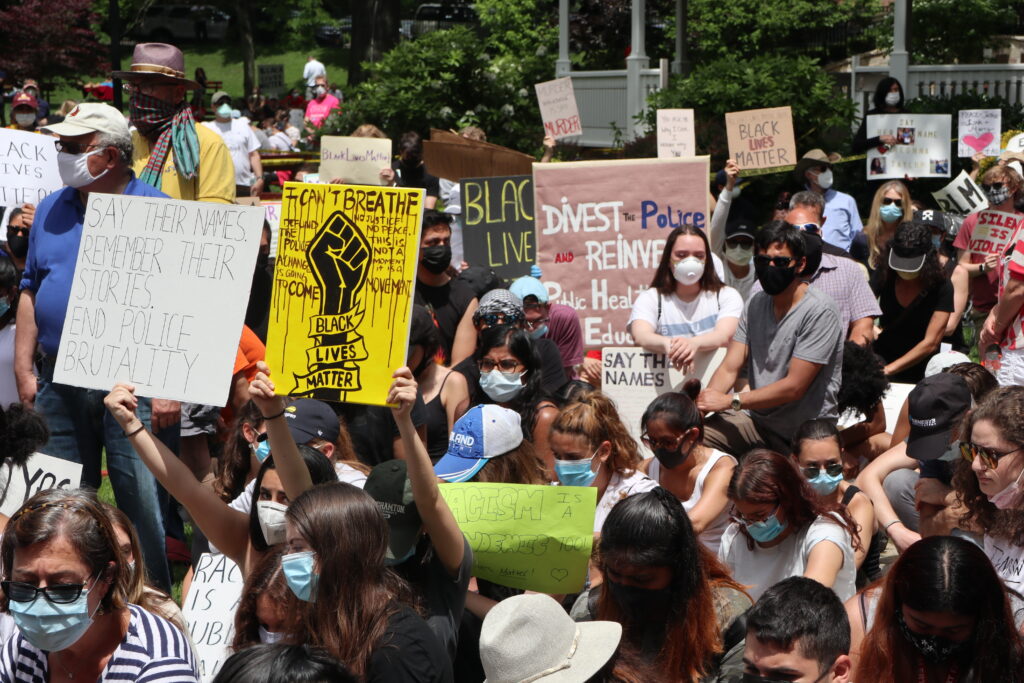
Facilitating Policing Reforms: This year, Governor Cuomo took swift and aggressive action to respond to community concerns and rebuild public trust in the law enforcement profession following the tragic deaths of George Floyd, Breonna Taylor, Daniel Prude, and far too many others. The Governor signed the “Say Their Name” reform agenda which repealed 50-a, banned chokeholds, prohibited race-based 911 calls, and codified his 2015 Executive Order that appointed the Attorney General as an independent prosecutor for police involved deaths of unarmed civilians. He also signed legislation creating the Law Enforcement Misconduct Investigative Office within the Attorney General’s Office to investigate complaints of misconduct filed against law enforcement agencies.
However, unrest and distrust continued to roil communities in New York and across the nation. Maintaining public safety is imperative; it is one of the essential roles of government, and communities require mutual trust and respect between police and the communities they serve. In recognition of this, Governor Cuomo issued Executive Order 203 creating the New York State Police Reform and Reinvention Collaborative. This collaborative process requires all local governments and police forces to develop a plan to modernize their policing strategies and strengthen relationships with the communities they serve. Localities are required to engage their community and ratify a plan by April 1, 2021. Failure to complete this process will result in loss of State funding.
Facilitating the Creation of Statewide Childcare Options: The COVID-19 pandemic highlighted how a lack of access to affordable childcare can disrupt low-income families and force caregivers, primarily women, to choose between putting food on the table and caring for their children. While affordability serves as a barrier to families securing child care, there is also a lack of general accessibility of child care programs, as well as insufficient high quality provider capacity across the state which can inhibit families from accessing child care.
To make child care more affordable and equitable for our most vulnerable children and their parents, Governor Cuomo will invest $40 million to reduce the burden of parent subsidy copays to help approximately 32,000 working families. This will ensure that no New York family pays more than 20 percent of their income above the federal poverty level for a child care subsidy co-pay, with the rest of the cost of care being covered by the subsidy.
To ensure that all families have access to high-quality child care, New York State will invest $6 million for start-up grants to create programs in child care deserts; increase the value of the New York State Employer-Provided Child Care Credit by expanding the amount a business can claim for qualified child care expenditures to up to $500,000 per year; create a new toolkit to provide guidance and assistance to businesses looking to subsidize and facilitate access to child care for their employees; and establish permanent child care sector workgroups within the Regional Economic Development Councils REDCs to guide and inform council decisions. The Governor will also establish a new Excelsior Child Care Investment Tax Credit available to recipients of the Excelsior Tax Credit as a bonus incentive to create and provide child care services for employees and their families.
To ease administrative burdens and make it easier and less costly to provide child care services, Governor Cuomo will adopt the Child Care Availability Task Force recommendations to standardize and modernize the child care subsidy system to eliminate waste, duplication, and confusing rules for families. Specifically, the Governor will direct the Office of Children and Family Services and the Council on Children and Families to examine federal and state statutes and regulations to identify opportunities for reform and streamlining; eliminate redundant background checks that increase administrative burdens and costs for providers; and advance legislation to eliminate the requirement that individuals seeking employment at OCFS or in New York City Department of Health and Mental Hygiene regulated programs submit a new Central Register of Child Abuse and Maltreatment clearance form when they move to a new program.
Streamlining and Enhancing Work to Address Gender-Based Violence: Ending domestic violence and sexual assault has been at the top of New York’s agenda since Governor Cuomo first took office. Throughout his time as Governor, Governor Cuomo has signed extensive legislation relating to ensuring safety for girls, women, and all survivors of domestic trauma and abuse, including legislation in the FY 2021 budget authorizing law enforcement to remove guns from the scene of a domestic violence incident, and requiring judges to consider the effects of domestic violence while determining distribution of marital property. The Governor also signed the Enough is Enough law in July, 2015 to address sexual assault, dating violence, domestic violence, and stalking on college campuses.
The Governor is now proposing to take this work a step further through a comprehensive package of initiatives to combat domestic violence and gender-based violence. The package includes a proposal allowing courts to require abusers to pay for damages to housing units, moving expenses, and other housing costs related to domestic violence, as well as a proposals to create a domestic violence misdemeanor label to close the domestic violence gun-purchasing loophole to ensure abusers cannot obtain weapons who are convicted of misdemeanor assaults on a domestic partner.
Additionally, the Office for the Prevention of Domestic Violence will be transformed into a reimagined agency, the Office to End Domestic and Gender-Based Violence, and will be tasked with addressing the intersection of the many forms of intimate partner violence, including domestic violence and sexual violence, in a survivor-centered and comprehensive manner.
Providing Rent and Mortgage Relief for Tenants and Small Business Owners: The COVID-19 pandemic has caused unprecedented economic dislocation across the United States, and New York is no exception. The financial hardships arising from business closures and resulting unemployment touch on every aspect of life but are perhaps most acutely felt by New Yorkers in danger of losing their homes or businesses because they can no longer afford to pay their mortgage or rent.
The Governor has already signed legislation placing a moratorium on residential evictions until May 1, 2021 for tenants who have endured COVID-related hardship. Taking this effort a step further, Governor Cuomo will codify his Executive Order banning fees for late and missed rent payments during the pandemic and allowing tenants to use their security deposit as immediate payment and repay the deposit over time, keeping those protections in place through May 1. The Governor will also codify his Executive Order to establish a statewide moratorium on commercial evictions until May 1 for commercial tenants who have endured COVID-related hardship.
Eliminating Health Care Premiums for Low-Income New Yorkers: The COVID-19 pandemic showcased the persistent, staggering healthcare disparities in this country and in New York State. Blacks, Latinos, Asians and poor communities paid the highest price for COVID-19. Higher rates of underlying conditions were a major driver of these disparities. Increasing access to affordable healthcare will help address these disparities and help ensure that New York emerges from the pandemic stronger and more equitable.
Through New York’s successful health insurance exchange, the New York State of Health, low-income families qualify for the state’s Essential Plan for free or with a maximum premium of $20 a month per person. However, families and individuals still struggle with the expense. To make coverage more affordable for low-income New Yorkers, Governor Cuomo will eliminate these monthly premiums for over 400,000 New Yorkers, saving families nearly $100 million per year in premiums and enrolling 100,000 New Yorkers who are currently uninsured.
Continuing New York’s Liberty Defense Project: Launched in 2017 under Governor Cuomo’s leadership, the first-in-the-nation Liberty Defense Project has provided more than 45,000 vital legal services to immigrants and communities in need — particularly those who have been targeted by federal immigration enforcement tactics, including those in Deferred Action for Early Childhood Arrivals or Temporary Protected Status. The project is administered by the Office for New Americans and runs in partnership with law firms, legal associations, advocacy organizations, colleges, universities, and bar associations across the state. The Liberty Defense Project provides free legal consultations and screenings for immigrants throughout New York, direct representation in deportation proceedings and other cases, assistance in applying for naturalization and employment authorization, and other education and support, including connection to social services and health care.
This year, Governor Cuomo will continue to support the Liberty Defense Project to keep fighting for immigrants seeking a better life for themselves and their families. New York’s strength, character, and pride are found in the diversity and rich culture that makes us the Empire State. We will continue to support and defend all who call New York home.
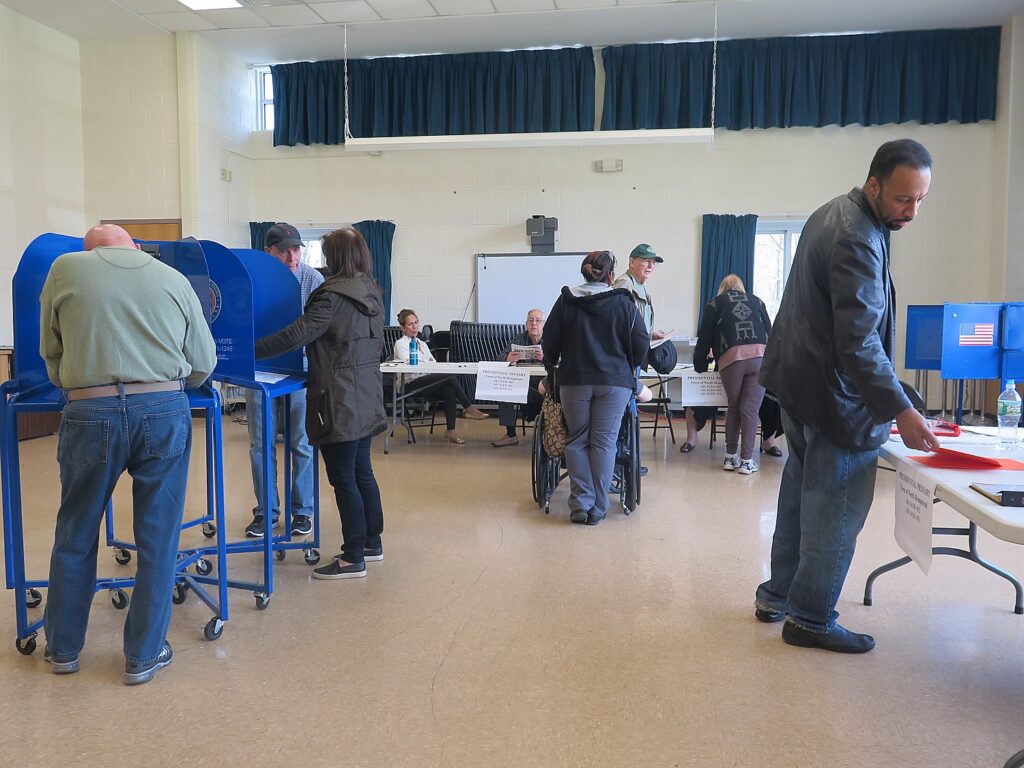
Strengthening and Expanding Access to Elections: Building from New York’s previous landmark election reforms, Governor Cuomo has put forth a transformational proposal that continues to expand access to voting and improves procedures to speed up vote counting and add additional time for early voting. Specifically:
Expand Access to Early Voting:Governor Cuomo will advance legislation that extends early voting hours from 6:00 pm to 9:00 pm on weekends as well as on a minimum of three week days during the ten-day early voting period.
No-Excuse Absentee Voting for All New Yorkers:In 2019, Governor Cuomo celebrated the Legislature’s passage of a resolution beginning the process of amending the state constitution to make no-excuse absentee voting a reality in our state. In 2021, the Governor will call on the Legislature to act quickly to pass the resolution again so that the proposed amendment can go on the ballot to be ratified by the voters.
Allow More Time for Voters to Request Absentee Ballots: The state’s election law currently prohibits voters from requesting their absentee ballots more than 30 days prior to Election Day. Particularly in elections with large numbers of absentee voters, this timeline may make it difficult for county boards of elections to process ballot requests in a timely and efficient manner. This, in turn, provides voters with less time to receive their ballots, vote, and mail them back. Governor Cuomo will advance legislation allowing voters to request absentee ballots 45 days prior to the election, ensuring they can be mailed as soon as the ballot is finalized and approved by the Board.
Speed Up the Counting of Absentee Ballots:New York State’s election law does not facilitate the speedy counting of large numbers of absentee ballots – the law only requires that boards of elections meet to process and count ballots within two weeks of a general election and within eight days of a primary election. To ensure that New York State counts absentee votes quickly and efficiently after each election, Governor Cuomo will introduce legislation requiring county boards of elections to process absentee ballots as they are received and to begin counting and reporting those ballots on Election Day.
Creatively Repurposing Underutilized Commercial Space for Additional Housing: As the COVID-19 pandemic has unfolded, New York, like states across the country, has seen an increase in telework and a reduction in travel. New York City must, and will, remain a global commercial hub, by ensuring that its central business district remains the paramount location for the world’s most innovative and successful businesses and their employees. Reduced demand for office and hotel space has created an opportunity to repurpose formerly commercial space that has far greater potential for use as housing, including affordable and supportive housing, to create dynamic, 24/7 walk-to-work neighborhoods.
Governor Cuomo will propose legislation to allow property owners to convert office buildings and hotels in New York to residential use. Stimulating housing conversion will create thousands of good-paying jobs, increase housing affordability, and support long-term economic growth by helping New York’s employers attract and retain talent.
Ensuring Safe Shelters and Providing Sustained Care for Homeless on the Street: Governor Cuomo has been a leader in protecting and serving homeless New Yorkers throughout his entire career, and he took action during the COVID-19 crisis to ensure they received the support and care they need. In September, Governor Cuomo directed the Office of Temporary and Disability Assistance to issue guidance to all social services
REOPENING SAFELY AND SMARTLY FOLLOWING COVID-19 PANDEMIC
Safely Bringing Back the Arts with Pop-Up Performances and Events: New York is the cultural capital of the world. Our unique cultural assets — Broadway, museums, film, comedy, dance, and music — are fundamental to both the economy and the spirit of New York. Before the COVID-19 pandemic, the $120 billion arts and cultural sector accounted for nearly eight percent of the state’s economy, and nearly 500,000 jobs. In less than a year, over two million jobs in the creative arts were lost nationally, including tens of thousands of jobs in New York.
New York State will launch a public-private partnership that will organize “pop-up” performances and arts events across the state beginning in February. More than 150 world-class artists including Amy Schumer, Chris Rock, Renée Fleming, Wynton Marsalis, and Hugh Jackman will participate, along with arts organizations such as the Ballet Hispanico, Ars Nova, the Albany Symphony Orchestra, the National Black Theatre, Pendragon Theatre in Saranac Lake, and many others supported by New York State Council on the Arts, which works with over 2,000 arts organizations across the state.
Supporting New York Artists Through the Creatives Rebuild Initiative: The State will partner with The Andrew W. Mellon Foundation to launch a Creatives Rebuild initiative. Developed in partnership with the Reimagine New York Commission, this initiative will put back to work 1,000 artists who have been impacted by the crisis and will invest in dozens of small arts organizations that make our towns and cities so dynamic. Arts have a multiplying effect on the economy. Creatives Rebuild will provide New York artists support so they can help build more vibrant communities across New York.
First-in-the-Nation Affordable Internet for All Low-Income Families: When the COVID-19 virus first came to New York and then quickly began to spread throughout our communities, students and adults alike had to adapt to remote learning and remote work to keep each other safe. Immediately, it became clear that universal broadband was a prerequisite for success in a remote world. Currently, a basic high-speed internet plan costs, on average, more than $50 a month. Governor Cuomo will propose first-in-the-nation legislation requiring internet service providers to offer an affordable $15 per month high speed internet plan to all low-income households. The State will also require providers to advertise this plan to ensure programs reach underserved populations across the State. To further bridge the gap, the State will partner with Schmidt Futures and the Ford Foundation to launch a new hardship fund to pay for internet subscriptions for our most in need students who cannot afford $15 per month during this crisis.
After nearly $500 million dollars invested to expand broadband internet to 98 percent of the state, New York will also lead the nation in making broadband affordable. Without affordable broadband, people are not only disconnected, they are disenfranchised. The Reimagine New York Commission reported to the Governor that high-quality, affordable broadband must be available to everyone and in New York we will make sure it is.
Partner with New York Businesses to Invest in Workforce Training, Expand Apprenticeships and Mentorships, and Reform Recruitment and Promotion Policies: The COVID-19 health emergency has pushed many New Yorkers out of work, with the greatest losses impacting lower and middle-income households. Equally important is the demand side of the workforce equation: Businesses must help design programs to meet skill gaps and commit to hiring workers once training is complete.
In partnership with the Governor’s Reimagine New York Commission, New York is launching a Pathways Pledge among New York’s leading employers, both public and private, to commit to reforming their talent recruitment, investment, and promotion policies and ensure more equitable workforces post-COVID-19. To date, 16 companies have made the pledge, affecting more than 120,000 workers in New York State. In 2021, New York State plans to triple that commitment.
Participating employers have committed to at least two of the following: Investing in workforce retraining; creating apprenticeship opportunities for underrepresented populations; providing additional supports for low-income trainees in the form of child care or transportation subsidies; removing high school or postsecondary degree requirements for new hires; scaling relationships with existing workforce development partners to provide adequate time off for interviews and professional development opportunities, and develop new relationships with New York State providers serving underserved communities.
Provide Scholarships to Low-Income Workers for Workforce Training Programs: While many in the New York community colleges, nonprofits, or business training providers offer workforce training, workers who do not qualify for current college subsidies must pay the full cost. This can be a barrier to entry into the training opportunities needed to achieve higher wages and break into growing industries.
As New York builds back better, Governor Cuomo is announcing nearly $5 million in scholarships to create more opportunities for low-income, working New Yorkers to enter the middle class. Like the successful Excelsior Scholarship which launched in 2017, this program will make high-quality credential programs free for low-income New Yorkers, empowering them to earn credentials that will lead to middle-class jobs in high-demand industries.
Expand SUNY’s Online Training Center to Close Skills Gaps and Fill High Demand Jobs: The COVID-19 public health crisis has led to an economic crisis across New York State and the world. The working class was particularly hard hit with leisure and hospitality, trade and logistics, and retail industries facing unprecedented revenue losses. As workers seek new job opportunities, non-degree certification credential programs can be an important way to close skills gaps and fill high demand jobs.
Governor Cuomo will expand SUNY’s free Online Training Center so New Yorkers can enroll in additional employment certification programs for quality jobs in high-demand growing industries, like health care and advanced manufacturing. The Training Center will give more New Yorkers in every region of the state — from rural communities to urban centers — another opportunity to receive free job training certifications and then automatically be admitted to any one of SUNY’s 30 community colleges for future career advancements
Convene a Commission on the Future of New York’s Economy: Governor Cuomo will establish the Commission on the Future of New York’s Economy to put forth a roadmap to address the underlying inequities exposed by the COVID-19 crisis, — including the socio-economic disparities that the crisis exacerbated — get New York back to work in jobs that pay well and continue to attract people from around the world to live and work in New York. The Commission will be composed of leading members of the nation’s academic, business, labor, and civil society leaders. NYU Wagner School of Public Service Dean Sherry Glied will serve as Executive Director of this Commission.
GROWING THE GREEN ENERGY ECONOMY
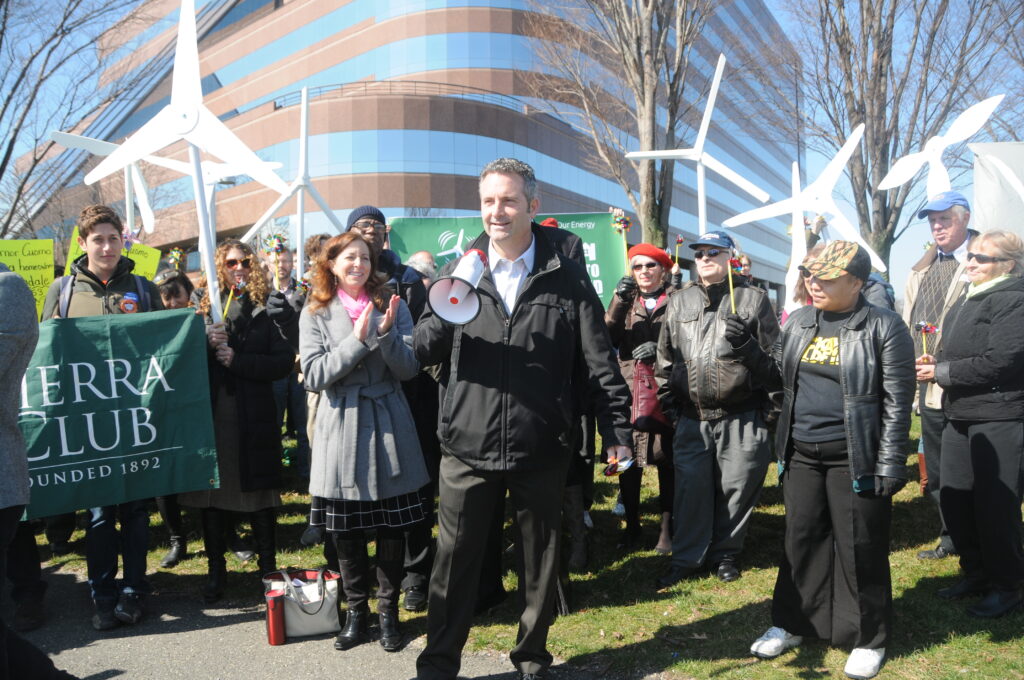
Largest Offshore Wind Program in the Nation: In 2021, New York will continue to build out its nation-leading green economic recovery and accelerate renewable energy development programs. The state will contract with Equinor Wind US LLC for the development of two new offshore wind farms more than 20 miles off the shore of Long Island, in what is the largest procurement of renewable energy by a state in U.S. history. Upon completion, the two offshore wind farms will yield a combined 2,490 megawatts of carbon-free energy, bring another $8.9 billion in investment, and create more than 5,200 jobs.
Once the large-scale renewable and offshore wind farms are complete, more than half of New York’s electricity will come from renewable sources, putting the state ahead of schedule toward reaching its goal of 70 percent renewable energy by 2030.
Global Wind Energy Manufacturing Powerhouse: New York has secured commitments from companies to manufacture wind turbine components within the state and build the nation’s largest offshore wind program. Plans to make New York State a global wind energy manufacturing powerhouse include upgrades to create five dedicated port facilities, including:
The nation’s first offshore wind tower-manufacturing facility to be built at the Port of Albany.
An offshore wind turbine staging facility and operations and maintenance hub to be established at the South Brooklyn Marine Terminal.
Increasing the use of the Port of Coeymans for cutting-edge turbine foundation manufacturing, and
Buttressing the ongoing operations and maintenance out of Port Jefferson and Port of Montauk Harbor in Long Island.
The projects will leverage almost $3 of private funding for every $1 of public funding, for a combined $644 million investment in these port facilities, and will ultimately yield 2,600 short- and long-term jobs in the offshore wind industry.
Construct New York’s Green Energy Transmission Superhighway: As New York builds substantial capacity to generate clean energy Upstate, the next challenge is to create a modern transmission system capable of delivering this electricity efficiently to high-demand areas Downstate. Last year, New Yorkers utility bills reflected approximately $1 billion in unnecessary “congestion costs” because of bottlenecks on our antiquated transmission grid.
In 2021, New York State will construct a new green energy superhighway of 250 miles. The $2 billion project will create opportunities to maximize the use of renewable energy for the parts of the state that still rely on polluting fossil-fuel plants. Construction has already started on the New York Power Authority’s 86-mile Smart Path project from Massena to Croghan, and construction will soon start on several key projects in Western New York, Mid-Hudson, and the Capital Region.
New York has issued a Request for Proposals for transmission arteries to bring renewable energy from Upstate and Canada to New York City. Supercharging the new transmission superhighway will be vital to completing New York’s nation-leading green economic recovery and accelerating renewable energy development programs. Current and planned investments will result in more than 1,000 jobs and $5 billion of public and private sector investment.
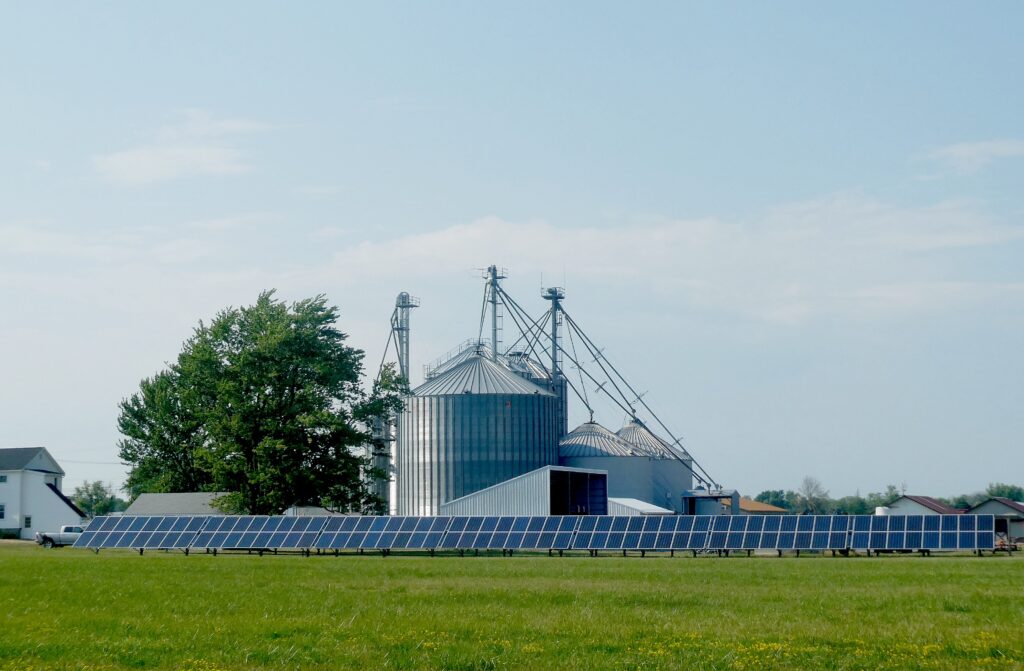
Public-Private Partnership to Build Nearly 100 Renewable Energy Projects: New York’s clean energy transformation has accelerated rapidly over the past five years. During this period, the State has contracted for the construction of 68 new large-scale renewable energy facilities including solar farms, onshore wind farms, and three offshore wind farms that are among the largest in the nation. These investments in renewable energy have brought economic activity to 34 distinct counties, will add 6,100 megawatts of clean energy capacity to the state’s infrastructure, and generate investment of more than $12 billion.
To build on this remarkable progress, New York will contract for another 24 large-scale renewable energy generation projects in 2021, to bring the State’s total clean energy build-out to nearly 100 projects. The 23 solar farms and one hydroelectric facility will be the most cost-efficient clean energy construction to date in New York, producing more than 2,200 megawatts of clean power, generating more than $2.9 billion of investment and creating 3,400 jobs in 16 counties Upstate.
Energy Storage Projects: New York will continue to develop and deploy state-of-the-art renewable energy storage technology and facilities to generate electricity, build the capacity for storage, and help the state achieve its ambitious climate plans. To that end, the New York Power Authority has already begun construction on a large-scale, 20-megawatt battery storage project in Northern New York, one of the largest storage projects in the State’s growing portfolio of almost 1,000 megawatts of contracted storage projects. These projects will help meet the electricity demands of 1.2 million New York homes using renewable energy. In addition, these projects will help continue propelling this fast-growing job sector.
Train the Green Energy Workforce: New York’s accelerated renewable energy development program is creating thousands of well-paying jobs. To make sure all New Yorkers benefit directly from growth in this sector, the State is investing $20 million in a new Offshore Wind Training Institute based at SUNY Stony Brook and Farmingdale State College. The Institute will train at least 2,500 New Yorkers for good-paying jobs in wind and renewable. energy. The New York State Energy Research and Development Authority and the State University of New York has issued the first solicitation for advanced technology training partners to leverage our SUNY system and train the first group of workers beginning in the summer of 2021.
New York is also investing $700 million in building electrification solutions for approximately 130,000 buildings in the state, including a variety of heat pump technologies, and the training of 14,000 workers for the new heat pump markets.. Approximately 25 percent of the workers trained will be from disadvantaged communities or priority populations.
Combined with our efforts in the buildings and transportation sectors, our entire green economy recovery will create 12,400 megawatts of green energy to power 6 million homes, directly create over 50,000 jobs, and spur more than $29 billion in public and private investment, while delivering to environmental justice communities and benefiting all New Yorkers by securing our carbon-free climate future.
BUILDING AND STRENGTHENING NEW YORK’S INFRASTRUCTURE
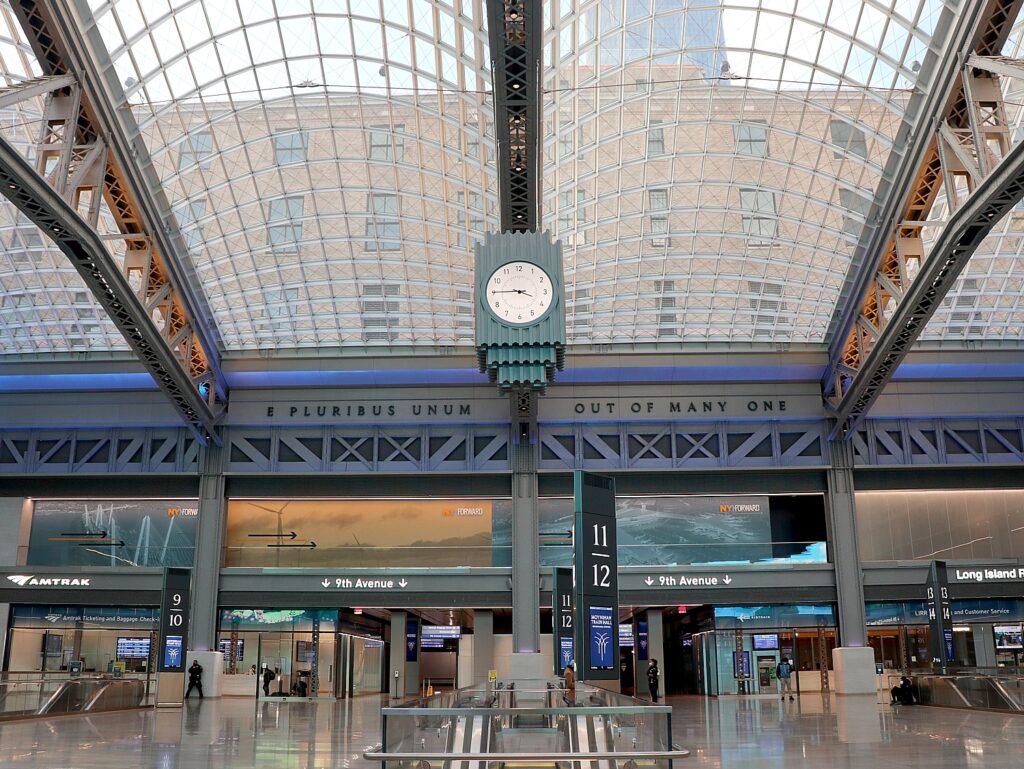
Midtown West Redevelopment in New York City: New York State has long led some of New York City’s most successful and transformational macro-development projects, from Battery Park City to Roosevelt Island, to the transformation of Times Square. This year, the Governor has already announced the opening of the $1.6 billion Moynihan Train Hall, New York’s most ambitious transportation and infrastructure upgrade in decades, and plans to extend the High Line to Moynihan Train Hall. In 2021, New York State will build on that progress to complete the buildout and connectivity of Midtown West with a bold transit-oriented development plan. The $51 billion plan will create 196,000 jobs, new outdoor spaces, affordable housing, improved public transit and pedestrian connections, and bring commercial and affordable housing opportunities to the burgeoning Manhattan neighborhood. The multi-faceted plan includes:
Replacing the Port Authority Bus Terminal:The Port Authority of New York and New Jersey will replace the outdated terminal with a new state-of-the-art facility to better serve the over a quarter million daily passengers. The project will not only reduce congestion on city streets and improve air quality but will transform mass transit to and from the West Side of Manhattan. Renderings of the future bus terminal are available here.
Developing the Empire Station Complex: With the completion of the Moynihan Train Hall, which opened to the public on January 1, 2021, the State will turn its attention to the existing Penn Station, just across the street. The State will start on a comprehensive $16 billion project to reconstruct the existing station and add track capacity. By acquiring property south of Penn Station, we can expand the complex to 40 percent more train capacity and at least eight additional underground tracks to cut down on delays and improve operations for the more than 600,000 passengers it serves daily. Renderings for the reconstruction of the existing station can be found here.
The signature transportation project will create nearly 60,000 direct jobs, and New York State stands ready to work with New Jersey Transit, Amtrak, and the federal government to share in this historic investment for the future of the region. The transformation of Penn Station also anticipates the Gateway Project, including two tunnels to bring more trains across the Hudson from the west and the renovation of the two existing tunnels, for a total of four train tunnels from New Jersey and beyond.
Affordable Housing and Community Restoration: With the new transportation complex as a cornerstone, the Midtown West development will also include new housing and commercial development opportunities in the area. In total, the area spanning from Broadway to the Hudson will include up to 14 buildings that will yield more than 20 million square feet of retail, commercial, and residential development and provide up to 1,400 much-needed units of affordable housing in a transit, job, and amenity-rich community.
New Waterfront Park at Pier 76: Located west of the Javits Center and 36th Street, the State will transform Pier 76 from an NYPD car tow pound to a 5.6-acre expansion of Hudson River Park. In the short term, it can become a magnificent public space that allows visitor access to the waterfront while the Hudson River Park Trust develops plans for the Pier’s long-term future. Renderings of Pier 76 are available here.
Javits Center Expansion: The 1.2 million-square-foot, $1.5 billion expansion of the Jacob K. Javits Center will be completed in 2021, increasing capacity of the nation’s busiest convention center by 50 percent. The expansion will include a rooftop pavilion and outdoor terrace for 1,500 people; a one-acre rooftop farm; a 54,000-square foot special event space with Hudson River views; 90,000 square feet of new exhibition space that will create 500,000 square feet of contiguous exhibition space; and a truck marshaling facility to reduce congestion and pollution.
Modernizing New York Airports:
Continue to build the new LaGuardia Airport: New York will continue the historic $8 billion transformation of LaGuardia Airport. Upon receipt of a positive record of decision from the federal government, New York State will continue work on the $2 billion AirTrain LaGuardia. In addition, the vast majority of the roadway network will be completed this year and marks significant progress on Delta’s new state-of-the-art terminal and concourses on the east side of the airport. When complete, the new LaGuardia will be the first new major airport built in the United States since 1995. The new LaGuardia will serve more than 30 million passengers per year and will have created 14,000 jobs.
Continue the transformation of JFK Airport: New York State will continue the $13 billion plan to transform John F. Kennedy International Airport into a modern airport built for the 21st century. When complete, the brand new JFK will safely and efficiently serve more than 75 million passengers per year. The project is also slated to create nearly 30,000 jobs. As part of the JFK Airport transformation, the State is modernizing the Kew Gardens Interchange, which serves more than 200,000 vehicles daily. The final phase of this $700 million project will be complete in 2022.
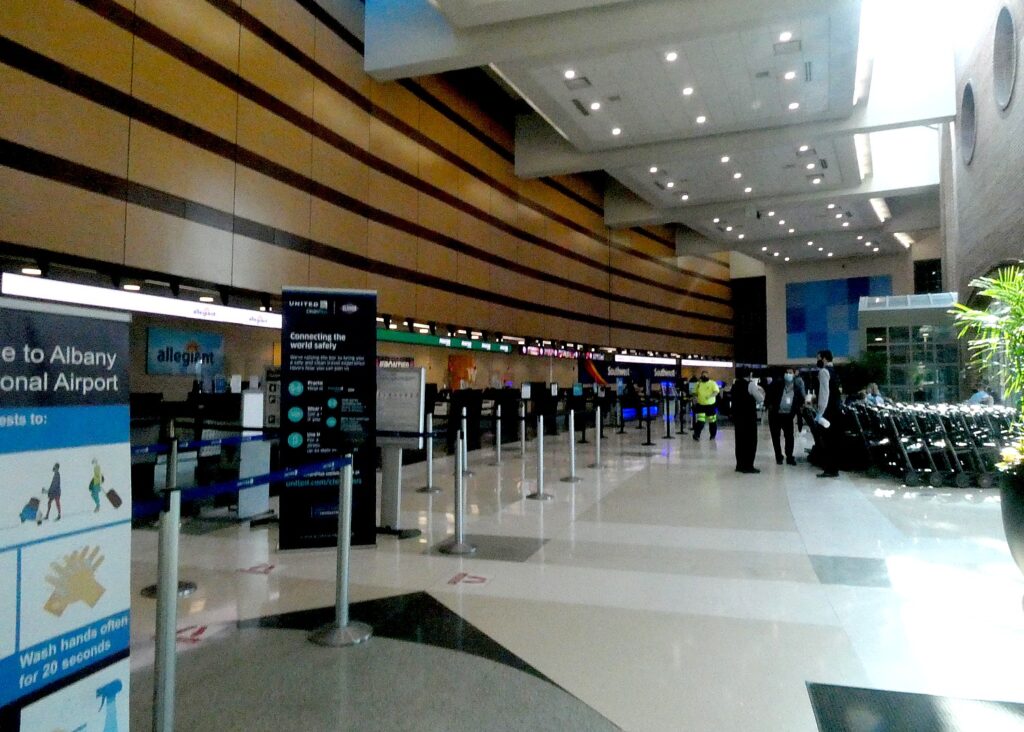
Upstate Airport Economic Development and Revitalization: Building on a $200 million investment through the Upstate Airport Economic Development and Revitalization Competition, the Governor will commit an additional $100 million in round two funding for continued renewal and modernization. Funding will include enhanced securityscreening, expanded and rehabilitated terminals, stateofthe-art boarding concourses and concession areas, and innovations in contactless technology.
Improving Mass Transit for Millions of New Yorkers:
Phase II of Second Ave Subway Extension: The MTA remains in desperate need of further federal funding so it can continue its essential role in supporting the region. That said, it is committed to implementing its historic $51.5 billion 2020-2024 Capital Plan. Upon resolving funding uncertainty caused by COVID-19, MTA will get this program back on track with repair projects, signal modernization, and ADA accessibility projects progressing in 2021. Other projects supported include upgraded stations, thousands of new buses and train cars, and critical maintenance and upgrades for bridges, tunnels, and other infrastructure. In addition, with necessary multi-year federal support, MTA will further extend the Second Avenue Subway, from 96th Street to 125th Street.
LIRR Third Track Project:The Long Island Rail Road’s historic and transformative third track project will complete a new third track along a critical 9.8-mile section of LIRR’s Main Line between Floral Park and Hicksville to increase track capacity, improve reliability, and significantly enhance service for LIRR customers. The $2.6 billion project also includes the construction of additional parking garages, the renovation of stations, new and renovated bridges, and modern track and signal infrastructure. By the end of 2021, MTA will have completed all eight of the grade crossing eliminations on the mainline, six of which will have new vehicular underpasses.
Updates to Highways, Roads and Bridges:
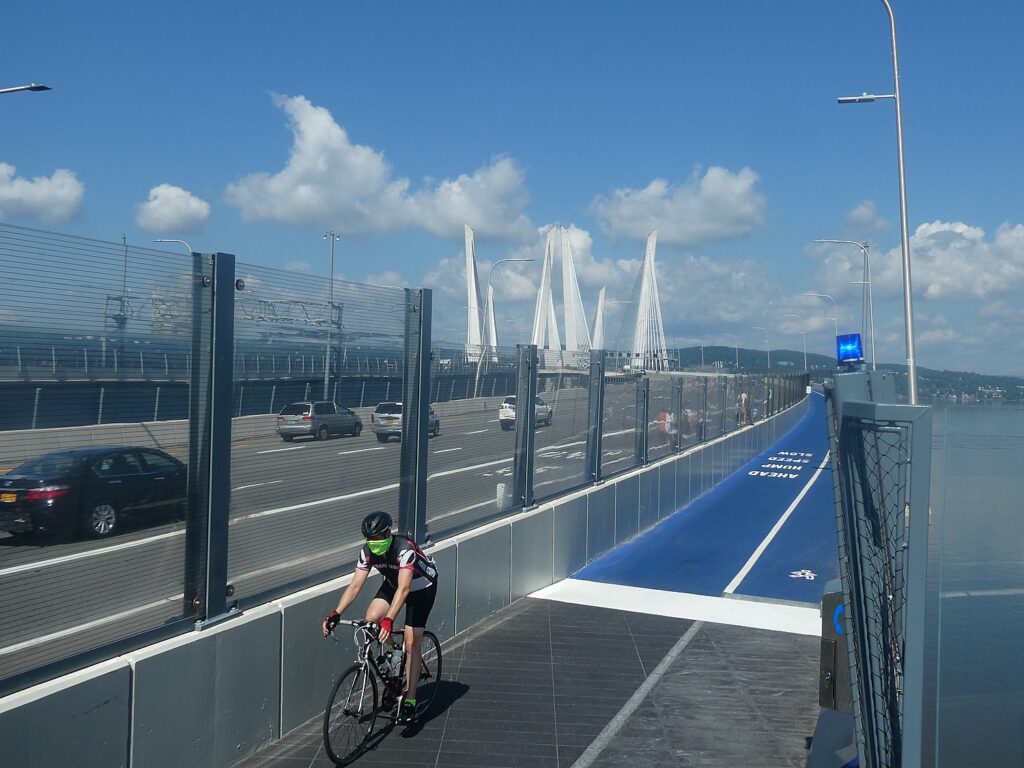
Access to Hunts Point: New York State will invest $1.7 billion to create direct access to and from the Bruckner Expressway and Sheridan Boulevard for trucks serving the Hunts Point Food Distribution Center. The highway redesign will take traffic off local roadways, significantly reducing both noise and air pollution in a borough with high asthma rates. The entire project is scheduled to be completed in the fall of 2025.
I-390/490 Interchange Improvements: In 2021, the State will complete a $150 million project to ease access and improve traffic flow along Route 31, Route 390, and the Interstate 390/490 Interchange in Monroe County. This interchange will serve as a vital connection for nearly 200,000 motorists daily.
Re-deck the Newburgh-Beacon Bridge: The State will continue work on the Newburgh Beacon Bridge to complete a full deck replacement on the north span of the bridge over the Hudson River. Re-decking will improve roadway safety, drivability, and durability. This $95 million investment will be complete in 2022, nine months ahead of schedule.
Replace the Syracuse I-81 Viaduct: The State will conduct an environmental and public review of its proposal to replace the Interstate 81 viaduct in Syracuse. This $1.9 billion project will connect communities and create opportunities for new residential and commercial development. The project is expected to break ground in 2022.
Governor Cuomo also announced progress on a number of major infrastructure updates across New York State that invest in communities to open new public spaces, attract tourism, and create jobs.
Buffalo Skyway: Governor Cuomo initiated a large-scale planning and design effort to maximize waterfront access and free up to 45 acres for development through the removal of the Skyway Bridge in downtown Buffalo and transform it into a spectacular park. New York State will complete the environmental review process this year and, with federal approval, will be ready to break ground this year.
Albany Skyway Conversion: Through an $11.4 million partnership with the City of Albany, the State is converting an underutilized interstate exit ramp into an iconic linear park with a landscaped promenade, event spaces, and an accessible shared-use path connecting downtown Albany with the Arbor Hill and Sheridan Hollow neighborhoods, Albany’s warehouse district, and the Corning Riverfront Park. Construction will be completed this year.
Binghamton University Health Sciences Campus: In 2021, Binghamton University will complete construction of its transformational, $287 million, 13-acre Health Sciences Campus in downtown Johnson City. This includes the 108,000 square-foot Decker College of Nursing and Health Sciences, which will welcome hundreds of students this Spring; a new 105,000 square-foot school of Pharmacy and Pharmaceutical Sciences with more than 350 faculty, staff, and students; a new eldercare teaching clinic in partnership with Lourdes Hospital; and a pharmacological R&D facility. Overall this project will have created more than 225 new jobs and involved more than 200 construction jobs.
New Mohawk Valley Health System Hospital in Utica: This year, work will continue on Mohawk Valley Health System’s $548 million new state-of-the-art hospital in downtown Utica. The 672,000-square-foot, nine-story, 373-bed facility is projected to be completed by 2023.
Complete the Belmont Arena: The Belmont Park Redevelopment is replacing 43 acres of underutilized parking lots with a 19,000-seat arena that will bring the New York Islanders hockey team back home to Long Island. The arena includes a world-class retail village, and a new hotel. New York Arena Partners is leading the 350,000-square-foot development, bringing $1.3 billion in private investment to the 115-year-old horse-racing facility. The project also includes the renovation of two nearby community parks, new community space, and the first new LIRR train station in 40 years. Construction is well underway, with completion of the arena slated for the 2021-2022 NHL season; east-bound LIRR service to open in fall 2021. In total, this project will create more than 12,000 direct and indirect jobs throughout construction and once completed.
Bay Park Reconstruction: The State has been working with Nassau County on the $439 million Bay Park Conveyance Project to reduce nitrogen pollution by more than 50 percent and to connect the plant to an existing ocean outfall. This $1.2 billion-plus investment will result in dramatic improvements in the water quality while stemming the rapid degradation of the marsh islands that provide a natural barrier for flood protection for southern Nassau County. In 2021, construction will begin on the Bay Park outflow system. Renderings of the Bay Park project are available here.
ROC the Riverway: The Riverway Rochester redevelopment project, supported by a $50 million New York State investment, will achieve several key milestones in 2021 with more than half its projects reaching completion, including the expansion of the Blue Cross Arena Exchange Expansion and the West River floodwall projects, as well as the continued construction of the major overhaul to Charles Carrol Park.
LEGOLAND: The 150-acre LEGOLAND theme park in Orange County will open this year. The $420 million investment will draw tourists back to New York after the pandemic and create approximately 1,000 jobs.
New Whiteface Mid-Station Lodge: The Whiteface Mountain rebuilt a $14 million mid-station lodge following a devastating fire in 2019. The new lodge is open for the 2020-21 ski season with limited services and will be completed this year.

